Photo

Day 364 — Gem II
Another view of the sun’s rays beneath the planks of Gem Pier in Williamstown.
Previous: Day 354 — Gem
31 notes
·
View notes
Photo

Day 363 — Shallows
The Shallows — Bay Landscape as Ecological Infrastructure (New York) explores the potential for ecological infrastructure based on hard and soft, land and water, human-made and “natural” habitat within the Northeast regional network of coastal edges, shallow waters and bay systems. It maps potential enhancements to endangered bay landscapes and communities, and through the process has evolved a range of design ideas that not only protect from extreme storm events but also improve the quality of people’s everyday lives.
Climate change is bringing new challenges to the eastern seaboard of the United States. Its predicted effects include a rise in mean temperature and precipitation, accelerated sea level rise, and more frequent, extreme flooding and storm events like Hurricane Sandy. These phenomena, coupled with the excess nitrogen levels in our waters from treated wastewater and fertilizers, put our critical estuaries and bays at risk of disappearing within decades, if not years. With their shallow bathymetry and delicate balance of vulnerable marine life, a loss of these endangered waters would threaten not only the places people live, work, and play in but also a cultural connection to the water. In addition to being beloved fishing and recreational grounds, bay landscapes are crucial absorptive ecological infrastructure that help reduce risk for communities located along the water’s edge.
From The Shallows — Bay Landscape as Ecological Infrastructure
Photo: Sea floor off Commonwealth Reserve, Williamstown Australia
5 notes
·
View notes
Photo

Day 362 — The Angler
Fishing has existed as a means of obtaining food since the Mesolithic period. Angling is a method of fishing by means of an "angle" (fish hook). The hook is usually attached to a fishing line and the line is often attached to a fishing rod. Modern fishing rods are usually fitted with a fishing reel that functions as a mechanism for storing, retrieving and paying out the line. The hook itself can be dressed with bait, but sometimes a lure, with hooks attached to it, is used in place of a hook and bait. A bite indicator such as a float, and a weight or sinker are sometimes used. Recreational angling sometimes requires that the fish be caught and released.
Photo: Ferguson St Pier, Williamstown Australia
6 notes
·
View notes
Photo
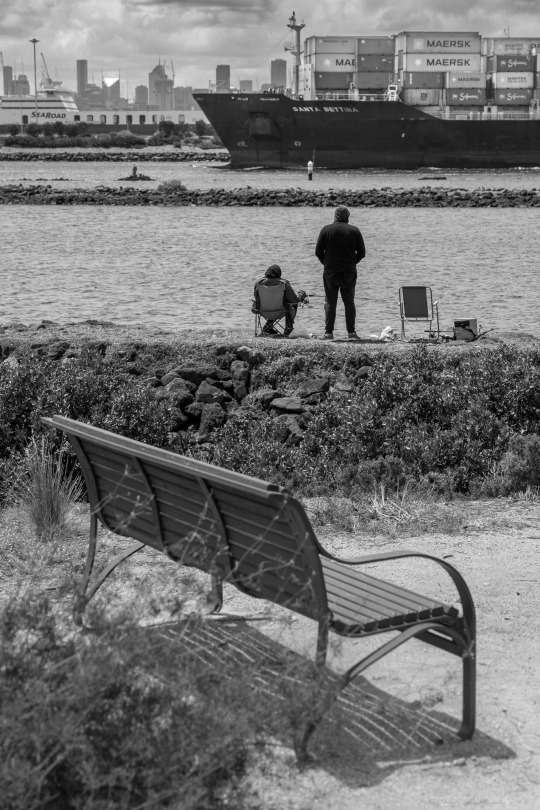
Day 361 — Front Row Seat VI
The container ship, Santa Bettina (above), was a week into its voyage in May 2017, when the captain apparently took his own life on board, leaving its crew members distraught and traumatised. Particularly distressed was the young seafarer who had discovered the body. It was the first time he had seen a corpse.
According to a study by the World Health Organisation (WHO), seafaring is the second-most at-risk profession worldwide when it comes to suicide. Suicide rates among seafarers experiencing mental health problems have more than tripled since 2014.
“The data on suicides proves that the mental health of seafarers in many cases continues to be very poor and often fatal,” wrote Robert Iversen, who is a leading researcher and advocate on behalf of the mental health of seafarers. “With deaths aboard merchant ships resulting from depression leading to suicide being widely reported, the damage to seafarers, their families, and ship owners cannot be ignored.” Iversen has been at the forefront of offering seafarers help and alternatives in Australia, and his methods have gained widespread recognition. Iversen has called it a “disgrace” that “seafarer suicides should be so high,” and has called on the entire industry to fix the problem.
“Despite such high suicide rates within the industry, seafarers’ mental wellbeing is still seen as a taboo subject and a poorly discussed issue. Due to machismo cultures, high levels of prejudice and poor mental health education, crew are not always likely to seek counselling or professional support, and this often leads to serious consequences,” says Sophia Bullard, director of the UK P&I Club’s crew health programme.
— Seafarers Second-Most at-Risk Profession for Suicide – WHO, SeaNews
Photo: Container ship, Santa Bettina enters the Yarra River enroute to the Port of Melbourne
7 notes
·
View notes
Photo
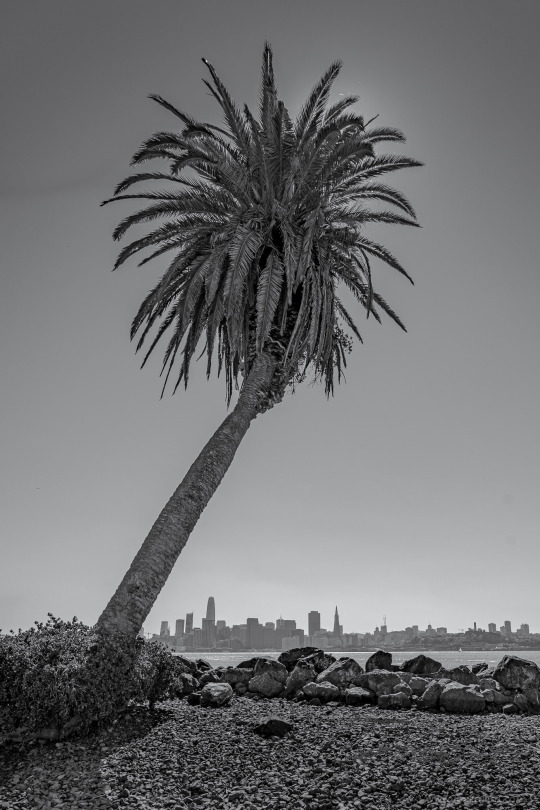
Day 360 — Merry Christmas II
A Merry Christmas to my Bay Area friends.
A 2013 study published in the journal Nature Climate Change found that reindeer populations in Eurasia are declining as Arctic temperatures increase. A 2016 Nature Scientific Reports study found that extreme warming events in the North Pole are becoming more frequent and is likely tied to increasing losses of winter sea ice.
— From 5 Things That May Surprise You About Christmas and Weather, Forbes Magazine, Dec 22, 2019
Photo: San Francisco skyline from Treasure Island
5 notes
·
View notes
Photo
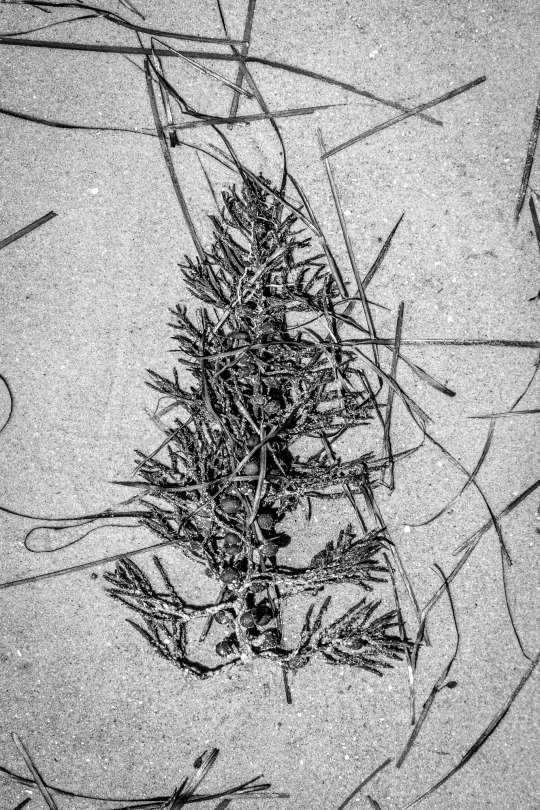
Day 359 — Merry Christmas
The term El Niño originated because of this time of year. El Niño is an atmosphere-ocean interaction associated with periodic (roughly every 2 to 7 years) warming in ocean temperatures of the eastern and/or central Equatorial Pacific ocean. Such temperature changes disrupt global weather patterns, ocean circulations, and many facets of life. The words “El Niño” mean “The Little Boy.” Peruvian fishermen started noticing the unusually warm water in the Pacific Ocean in the 1600s. According to the National Oceanic and Atmospheric Administration (NOAA) Ocean Service website, “the name “The Little Boy” in reference to “Christ Child” was chosen based on the time of year (around December) during which these warm waters events tended to occur.” Changes in temperatures were noticeable to fishermen because they strongly impacted their catch.
— From 5 Things That May Surprise You About Christmas and Weather, Forbes Magazine, Dec 22, 2019
Photo: Seaweed, Jawbone Marine Sanctuary Australia
3 notes
·
View notes
Photo

Day 358 — Last Days of Pompei
The Pompei family emigrated from Sicily, settling in Australia in 1912. They established Pompeis of Mordialloc on their own property and in 1921 they began leasing pleasure boats, used for recreation. The family became credited as the most prominent boat builders in the region.
The family’s knowledge and passion for the sea meant they were heavily involved in the fishing industry and rescues. Known to many as 'Mr Mordialloc', Jack Pompei (1924 – 2009), was a tireless advocate for the creek.
Pompei's Mordialloc boatsheds and land were recently sold to make way for apartments. Jack’s son Leon still runs a mooring business in Mordialloc creek.
3 notes
·
View notes
Photo
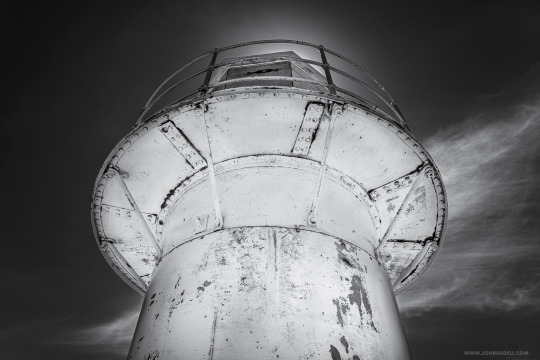
Day 357 — The Lighthouse
by Henry Wadsworth Longfellow
The rocky ledge runs far into the sea, And on its outer point, some miles away, The Lighthouse lifts its massive masonry, A pillar of fire by night, of cloud by day. Even at this distance I can see the tides, Upheaving, break unheard along its base, A speechless wrath, that rises and subsides In the white lip and tremor of the face. And as the evening darkens, lo! how bright, Through the deep purple of the twilight air, Beams forth the sudden radiance of its light With strange, unearthly splendor in the glare! Not one alone; from each projecting cape And perilous reef along the ocean's verge, Starts into life a dim, gigantic shape, Holding its lantern o'er the restless surge. Like the great giant Christopher it stands Upon the brink of the tempestuous wave, Wading far out among the rocks and sands, The night-o'ertaken mariner to save. And the great ships sail outward and return, Bending and bowing o'er the billowy swells, And ever joyful, as they see it burn, They wave their silent welcomes and farewells. They come forth from the darkness, and their sails Gleam for a moment only in the blaze, And eager faces, as the light unveils, Gaze at the tower, and vanish while they gaze. The mariner remembers when a child, On his first voyage, he saw it fade and sink; And when, returning from adventures wild, He saw it rise again o'er ocean's brink. Steadfast, serene, immovable, the same Year after year, through all the silent night Burns on forevermore that quenchless flame, Shines on that inextinguishable light! It sees the ocean to its bosom clasp The rocks and sea-sand with the kiss of peace; It sees the wild winds lift it in their grasp, And hold it up, and shake it like a fleece. The startled waves leap over it; the storm Smites it with all the scourges of the rain, And steadily against its solid form Press the great shoulders of the hurricane. The sea-bird wheeling round it, with the din Of wings and winds and solitary cries, Blinded and maddened by the light within, Dashes himself against the glare, and dies. A new Prometheus, chained upon the rock, Still grasping in his hand the fire of Jove, It does not hear the cry, nor heed the shock, But hails the mariner with words of love. "Sail on!" it says, "sail on, ye stately ships! And with your floating bridge the ocean span; Be mine to guard this light from all eclipse, Be yours to bring man nearer unto man!"
Photo: Point Gellibrand Pile Light, Seaworks, Williamstown
6 notes
·
View notes
Photo
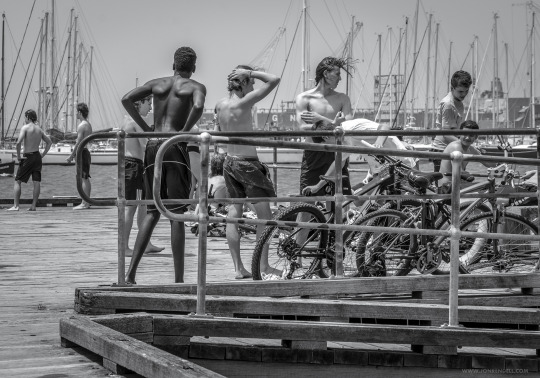
Day 356 — Boys on the Pier
Last Thursday, Victoria's December record for an individual location was smashed when it reached 47.9C at Hopetoun Airport and Horsham, well above the old mark of 46.6C set in 1976.
The records this week have not just been broken, they have been surpassed by big margins. Professor David Karoly, a leading climate scientist at the CSIRO, said the cause was clear.
"We're smashing the extremes by effectively a degree relative to the other cases because that's by how much the Australian temperatures have warmed," he said.
Before this week the 10 hottest days on record were within 0.25C — the average maximum reached on Wednesday broke the hottest day prior to this event by 1.6C.
A range of natural phenomena were pushing temperatures up, Professor Karoly said, but on top of that was a trend driven by greenhouse gasses in the atmosphere.
— ABC News
Photo: Teenagers cool off at Ferguson St Pier, Williamstown 20 Dec 2019.
7 notes
·
View notes
Photo
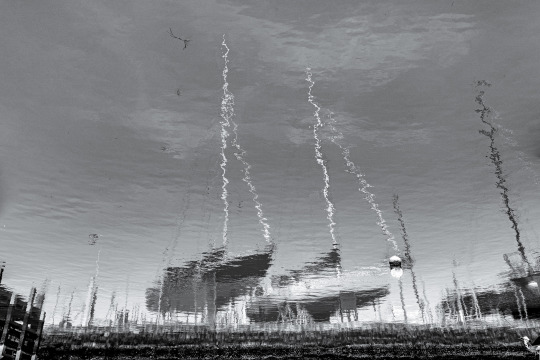
Day 355 — Reflection V
Photo: Cradled yachts, Royal Yacht Club of Victoria, Williamstown
8 notes
·
View notes
Photo
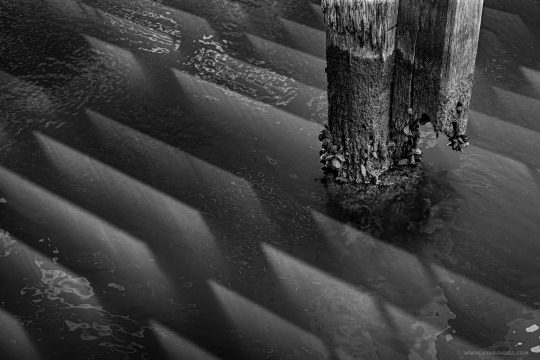
Day 354 — Gem
Gem Pier is an historic pier on Port Phillip Bay, in Williamstown, Australia. The pier is 145 metres in length and is currently home to the museum ship HMAS Castlemaine.
The first pier was built in 1839 near the present-day Gem Pier. Originally known as "The Jetty", in 1853 it was renamed "Old Pier" following the construction of the "New Pier" (the Ann Street Pier). Throughout the 1860s and 1870s it was known as "Steamboat Pier". In the 1870s it was renamed "Gem Pier" after the paddle steamer Gem that ran a ferry service from Williamstown to Port Melbourne from 1846 to 1886.
The pier was rebuilt in 1992.
Photo: Beneath the wooden deck of Gem Pier, the sun shines through to create a stark geometric pattern upon the waves.
34 notes
·
View notes
Photo
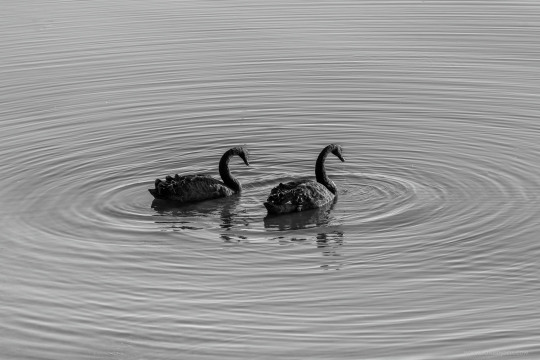
Day 353 — Serenity Now
Photo: Black swans, Hobsons Bay
78 notes
·
View notes
Photo

Day 352 — Anchor & Hope
HMS Nelson was a 126-gun ship of the Royal Navy, launched on 4 July 1814 at Woolwich Dockyard, but then laid up incomplete at Portsmouth until 1854, when work began with a view to commissioning her for service in the Crimean War, but this ended before much work had been done, and the ship returned to reserve.
In 1865, Nelson was given to the colony of Victoria as a training ship, and she was finally outfitted and sailed to Australia in October 1867.
When Nelson was being moved to Sydney after her sale in 1898, the difficulty of raising the anchors was such that the chains were cut and both anchors were left at the bottom of Hobsons Bay. During dredging by the Harbour Trust in 1938 the anchors were rediscovered and dragged ashore at the end of Ann Street.
Originally to be sold as scrap, successful lobbying by Captain Hartley Watson and the Vigilance Association encouraged the Harbour Trust to donate both anchors to the Association. By 1941 one anchor & swivel had been mounted in Commonwealth Reserve and at a later date the second anchor (above) was erected in Burgoyne Reserve by the Williamstown Lions Club.
“Young people are my hope.” — Ruth Bader Ginsburg
4 notes
·
View notes
Photo

Day 351 — Taking Flight
Aviation contributes about 2% of the world's global carbon emissions, according to the International Air Transport Association (IATA). It predicts passenger numbers will double to 8.2 billion in 2037.
And as other sectors of the economy become greener — with more wind turbines, for example — aviation's proportion of total emissions is set to rise.
The flight figures in the table are for economy class. For long haul flights, carbon emissions per passenger per kilometre travelled are about three times higher for business class and four times higher for first class, according to the Department for Business, Energy and Industrial Strategy (BEIS).
From: Climate change: Should you fly, drive or take the train?, BBC News
Photo: Pelicans take flight from Williamstown
40 notes
·
View notes
Photo

Day 350 — Cardinal Points
The longest United Nations climate (COP25) talks on record have finally ended in Madrid with a compromise deal. Exhausted delegates reached agreement on the key question of increasing the global response to curbing carbon.
After two extra days and nights of negotiations, delegates finally agreed a deal that will see new, improved carbon cutting plans on the table by the time of the Glasgow conference next year.
Divisions over other questions — including carbon markets — were delayed until the next gathering.
All parties will need to address the gap between what the science says is necessary to avoid dangerous climate change, and the current state of play which would see the world go past this threshold in the 2030s.
17 notes
·
View notes
Photo

Day 349 — The Crown
MS Queen Elizabeth (QE) is a cruise ship of the Vista class operated by the Cunard Line. The design is modified from that of previous ships of that class, and slightly larger than Queen Victoria, at 92,000 GT, largely due to a more vertical stern. The ship is able to carry up to 2092 passengers.
Cunard’s QE II was retired in 2008.
Photo: A vintage-style beach shelter on Sandridge Beach frames the Queen Elizabeth berthed at Station Pier
24 notes
·
View notes
